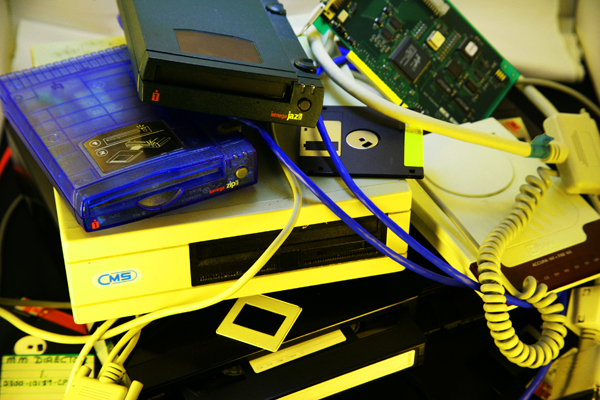March 4, 2010
In
Tinsley Blog
by Dorn Martell

We have a room at our agency filled with fairly new, obsolete electronic devices. It seems that we live in an age of almost immediate obsolescence. There are monitors that cost more to ship than they are worth. Printers that are cheaper to replace, than to buy new ink. Piles of peripherals read like layers of techno archeology; the Syquest era, the Zip layer, the Jazz era, all as useless as the media that fed them. We even bought a state-of-the-art HD DVD player only to watch the market shift to Blu-Ray.
The effect of this is more that just the environmental costs of plastics and heavy metals in landfills. It leads to a sense of impermanence and an over-emphasis on “the shiny new object”. Software developers tend to overly “trick-out” new versions just so it appears radically different from the old version.
I recently got rid of a perfectly good phone to get the new Droid. I actually felt bad for my abandoned little Razor. CRT TVs, once the focal point of American family life, are kicked to the curb and replaced with plasmas that are replaced by LCDs which are replaced by LEDs that will be replaced by new 3D TVs (or some version of netTV).
The battle of the mega-pixels seems to have reached a stalemate as the average household has multiple digital cameras with twice the resolution of just a few years ago and at an average price of $150 the industry has nowhere to go.
The “Splinternet effect” will soon force Nooks and Kindles to have a deathmatch with the iPad and the last tablet standing will be the one with the corner on the content market.
Which leads to an interesting conclusion. Content is still the last frontier for innovation. Regardless of the platform, content creation and intellectual property ownership will be the deciding factor for all technology. All of these items are just “dumb machines” that only come to life when they are infused with human ideas.



